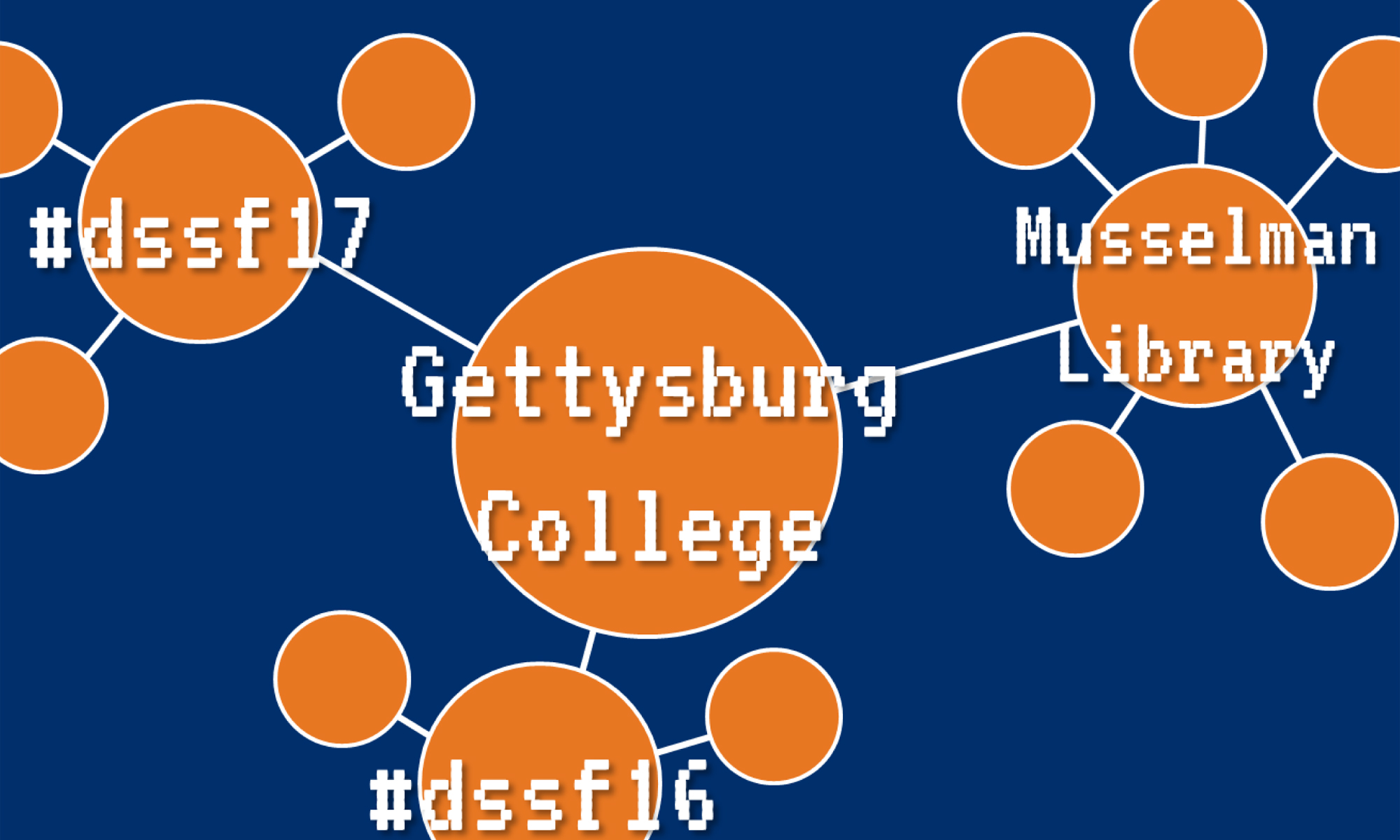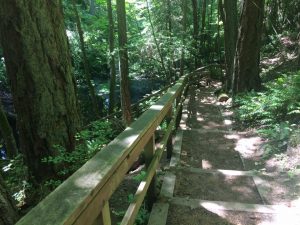It’s always weird getting used to a new place, especially when you’re anxious and don’t know a lot of people, and the people you do know, know a lot of other people so you feel weird hanging out with them too much, because you know they want to be with people they know.
You know?
Thankfully, the crews from Hamilton and Washington & Lee’s DH programs have been hospitable enough to let me socialize with them, and I’ve been able to connect to some folks from #ILiADS15 as well. This is one of the reasons why I really appreciate the DH community of practice, in a larger sense, because we have a lot of common goals and struggles and successes, and being able to share them with each other has been helpful in figuring out why I’m really here this week. Our Models for DH course has started connecting as well, and the large number of librarians running around has been good for talking shop and thinking about how to approach DH from a library perspective. And outside the scheduled working hours for the day, we can relax together and encourage each other for the next day’s events. I’ve always heard that the DHSI community is one of the best reasons to be here, and I’m really starting to feel that.
Today we spent a lot of time in class going over project management and thinking about best practices for getting a team working together on a project. Nothing was particularly new, but it helps to have it reaffirmed. And while there’s overlap from knowledge I already have, the in-between moments that punctuate a new approach or get me thinking in a new direction are particularly valuable. Effective project management is an important next step for Gettysburg, I think, and will be necessary if we try to develop an institutional model to support DH on campus. It helps break down silos by improving communication and giving clear goals, and making sure work is properly distributed. Janet said something that stuck with me:
Silos develop because we justify our existence by being unique. We have to collectively find a way to be unique together.
This resonates with me, especially as we try to figure out how to be more intentional with supporting DH work on campus; this isn’t something we can do in our own offices or buildings, we need to come together to make things happen on a larger scale. This is why we need to focus on things like process when we talk about DH, as well as collaborative research that reaches across boundaries. The research no longer belongs to one person, but a team.
We also talked about elevator pitches today, with the idea that a pitch for a DH center/project/assignment has to last for one floor of an elevator ride, with time for questions on the rest of the floors. We should be able to articulate what we want to accomplish from this week-long class in that time, with the idea that there’s some sort of hook to get people to ask questions. This is probably the most challenging part of this class so far, because by creating this pitch, the next logical step is to find people to pitch it to. That means going outside my comfort level and trying to sell an idea, and with that all the accompanying anxieties and fears of rejection. I’m not a sales person, so it’s a new world for me to try to get others to buy into my ideas.
What has struck me this week has been that many of the pieces we have talked about when trying to develop a model for DH (user experience, project management, talking about what you are doing, community, defining DH) are core components of the DSSF program as well. That really gives me some confidence that we are teaching the right things. I think the next step for that is to go back and apply them in a new way to the model for DH itself.
At any rate, lots of conceptualization and thinking and writing today. Tomorrow is the last day, which is really weird, because it just seems like I got here.



